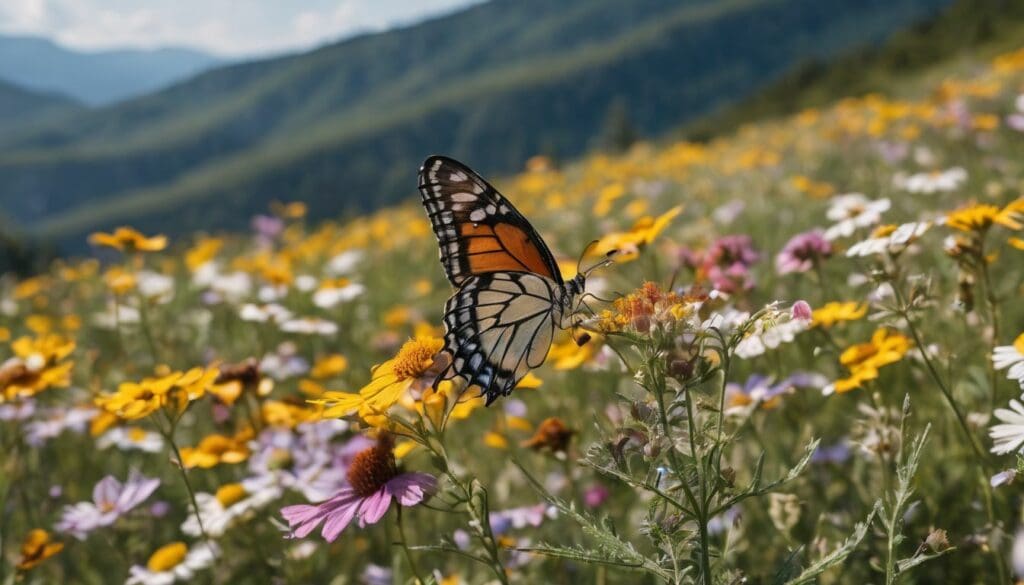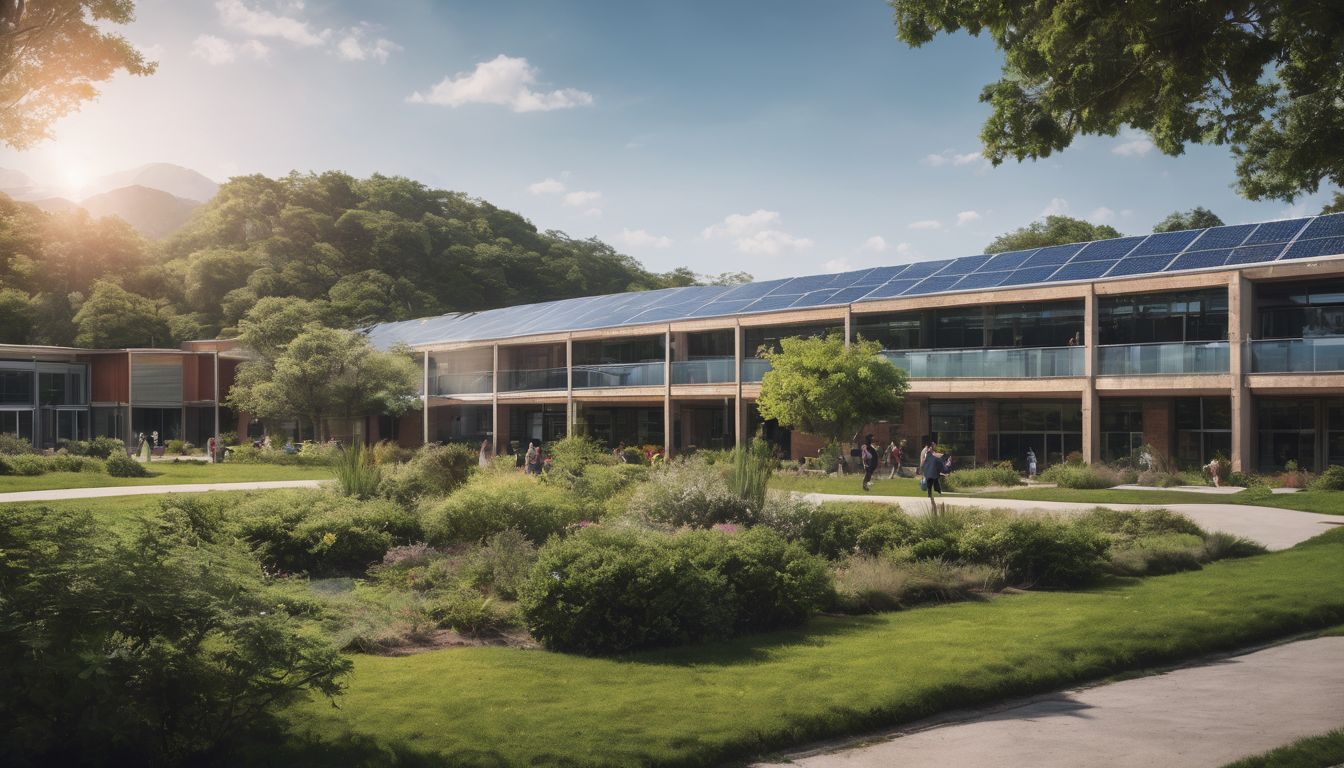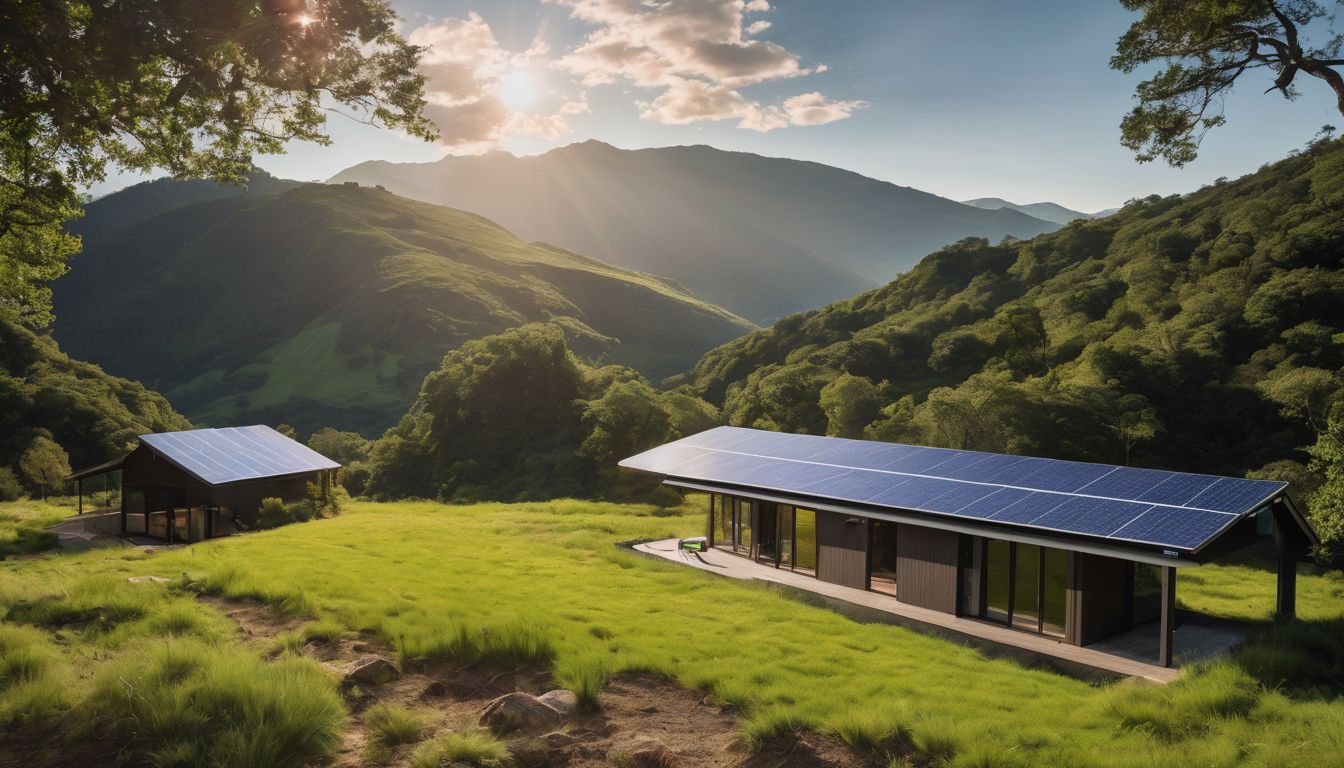Many young people are keen to protect our planet, but don’t know where to start. Did you know that biodiversity is essential for a healthy environment and our survival? This article will guide the youth on engaging with conservation efforts effectively and creatively.
Let’s dive in and make a difference!
Key Takeaways
- UNESCO MasterClass helps teachers inspire students about biodiversity through workshops and a wealth of online resources, encouraging dynamic lessons on environmental education.
- Digital platforms offer courses, videos, toolkits, and interactive experiences that enlighten youth about the importance of conserving ecosystems and motivate them to participate in preservation efforts.
- Young people face barriers in conservation such as limited influence and opportunities along with weak networking which can be overcome by building strong connections and advocating for their active involvement.
- Developing leadership skills through mentorship programmes, training workshops, internships and fostering network growth accelerates youth empowerment in biodiversity conservation actions.
- Storytelling and real – life examples are powerful tools for evoking emotional connections between young individuals and nature; online engagement further enhances this bond leading to proactive conservation roles.
Biodiversity Education and Awareness Amongst the Youth
The UNESCO MasterClass for teachers and educators provides valuable resources for enhancing biodiversity education amongst the youth. Online resources and engaging lessons play a crucial role in raising awareness about conservation among young minds.
UNESCO MasterClass for teachers and educators
UNESCO MasterClass equips teachers and educators with the tools they need to inspire young minds about biodiversity conservation. Through a series of expert-led workshops, participants learn how to create dynamic lessons that bring environmental education alive in their classrooms.
They explore innovative teaching strategies that foster youth engagement and deepen students’ understanding of ecosystems diversity.
Educators emerge from the UNESCO MasterClass empowered to cultivate awareness and drive change among their students. They gain access to a wealth of online resources designed for maximising student involvement in wildlife conservation.
By integrating these materials into their curricula, teachers encourage authentic engagement, sparking curiosity and passion for preserving habitats and protecting species.
Online resources and engaging lessons
Enrich your understanding by exploring a myriad of online educational resources and engaging lessons that shed light on biodiversity conservation efforts. Delve into interactive platforms offering diverse courses, videos, and toolkits to educate and inspire young minds about the urgency of preserving our planet’s rich ecosystem diversity.
These resources cater to educators, parents, and youth alike, fostering a deeper appreciation for nature while instilling proactive measures to safeguard species and habitats. Encouraging active participation in conservation programmes empowers communities to take meaningful action towards habitat preservation.
Foster an environment of curiosity by embracing accessible online tools that captivate aspiring environmental stewards with hands-on experiences in biodiversity preservation. Animated videos, virtual field trips, and interactive lesson plans serve as catalysts for igniting passion among young learners.
Challenges Facing Youth Engagement in Conservation
Limited influence and opportunities in the sector hinder youth involvement, along with ineffective and disconnected youth networks. But there are ways to empower young leaders and inspire passion for meaningful conservation action.
Limited influence and opportunities in the sector
Youth involvement in biodiversity conservation is hampered by limited influence and opportunities within the sector. These constraints prevent young people from fully participating in decision-making processes, thus hindering their ability to contribute meaningfully to environmental initiatives.
Addressing these limitations is crucial for empowering the next generation of conservation leaders and fostering a more inclusive and impactful approach to environmental stewardship.
To address these challenges, it’s essential to create pathways for youth engagement and provide opportunities for them to take on leadership roles within conservation efforts. By breaking down barriers and establishing platforms that amplify the voices of young individuals passionate about nature awareness, we can ensure that meaningful practices are implemented with public involvement at their core.
Ineffective and disconnected youth networks
Limited coordination and communication among youth networks hinder effective conservation initiatives. Inadequate collaboration prevents the sharing of knowledge, ideas, and resources necessary for impactful environmental actions.
The absence of a unified voice weakens the influence that young individuals could collectively exert in shaping conservation policies and practices.
Disconnected youth networks also diminish opportunities for mentorship, learning, and professional development within the field of biodiversity conservation. Without strong connections, aspiring environmental leaders lack vital guidance and support needed to advance their careers and make meaningful contributions to conservation efforts.
Empowering Young Leaders in Conservation
Empowering young leaders in conservation involves enhancing their leadership skills and providing opportunities for professional development. Building strong networks and movements is essential for empowering youth to take an active role in biodiversity conservation.
Enhancing leadership skills and professional development
Empowering young leaders in conservation involves providing them with the tools and opportunities to develop their leadership skills and advance their professional development. Here are steps that can be taken to achieve this:
- Offering mentorship programmes to connect young leaders with experienced professionals, allowing for knowledge transfer and skill building.
- Providing access to training workshops and courses focused on leadership development, project management, and environmental policy.
- Creating platforms for young leaders to showcase their work, share best practices, and network with peers across the world.
- Establishing internships, fellowships, and job placement programmes within conservation organisations to provide practical experience and further career growth.
Building strong networks and movements
- Connecting with like – minded individuals to share ideas, resources, and experiences for a collective impact.
- Collaborating with local communities, organisations, and experts to strengthen the conservation network at the grassroots level.
- Organising events, workshops, and campaigns to mobilise support and create awareness about biodiversity conservation.
- Leveraging social media platforms to reach a wider audience and unite young leaders in the fight for environmental preservation.
- Advocating for policy changes and sustainable initiatives to protect natural habitats and wildlife diversity.
Inspiring Passion and Emotional Connection in Youth
Utilising storytelling and real-life examples to ignite a sense of passion and emotional connection in the youth towards biodiversity conservation. Empowering young individuals to take action and make a meaningful impact through online platforms and resources.
Engaging emotions for meaningful conservation action
To inspire meaningful conservation action among young minds, it is crucial to tap into their emotions. Encouraging empathy towards the environment and the species within it can drive passionate involvement in biodiversity conservation.
By providing opportunities for youths to connect emotionally with nature through immersive experiences, storytelling, and visual media, we can ignite a deep sense of responsibility and stewardship.
Empowering young individuals to understand the impact of their actions on ecosystems fosters a genuine commitment to conservation efforts. Utilising digital platforms to share powerful narratives and success stories can fuel a sense of optimism and motivation for proactive engagement in environmental preservation.
Fostering emotional connections with nature empowers young people to advocate for change actively, becoming influential voices in their communities and beyond. By nurturing an emotional bond with biodiversity, they develop a personal investment that drives them to take real action towards protecting our planet’s rich natural heritage.
Utilising online platforms and resources
Online platforms and resources play a critical role in engaging young minds in biodiversity conservation. Utilising social media, interactive websites, and educational apps can effectively reach and educate the youth about environmental issues.
By providing easy access to information, virtual experiences, and interactive tools, online platforms empower young individuals to take an active role in conservation programmes.
Engaging with online resources encourages active participation and collaboration among environmentally conscious individuals. Platforms such as webinars, virtual workshops, and online forums create opportunities for knowledge sharing and networking within the conservation community.
Conclusion: The Importance of Engaging Young Minds in Conservation
Engaging young minds in biodiversity conservation is crucial for the future of our planet. Inspiring passion and emotional connection among the youth can drive meaningful conservation action.
Empowering young leaders in conservation will create a sustainable impact on our environment. Educating and raising awareness amongst the youth will help build a generation that values and actively participates in environmental preservation.
FAQs
1. What does engaging young minds in biodiversity conservation mean?
Engaging young minds in biodiversity conservation means teaching kids about the importance of protecting all kinds of life on earth and empowering them to help take care of our environment.
2. Why is it important for children to learn about biodiversity?
It’s important because when children understand how precious our plants and animals are, they’ll want to protect them, which helps us all live better lives.
3. How can schools incorporate conservation education into their curriculum?
Schools can include fun lessons about different plants and animals, show how everything in nature is connected, and organise trips to nature parks or reserves so students can see what they’re learning about for real.
4. What role do communities have in environmental awareness among youngsters?
Communities play a big role by starting local projects where kids can get involved with gardening or recycling programmes, showing everyone that working together makes a big difference for our planet’s health.





